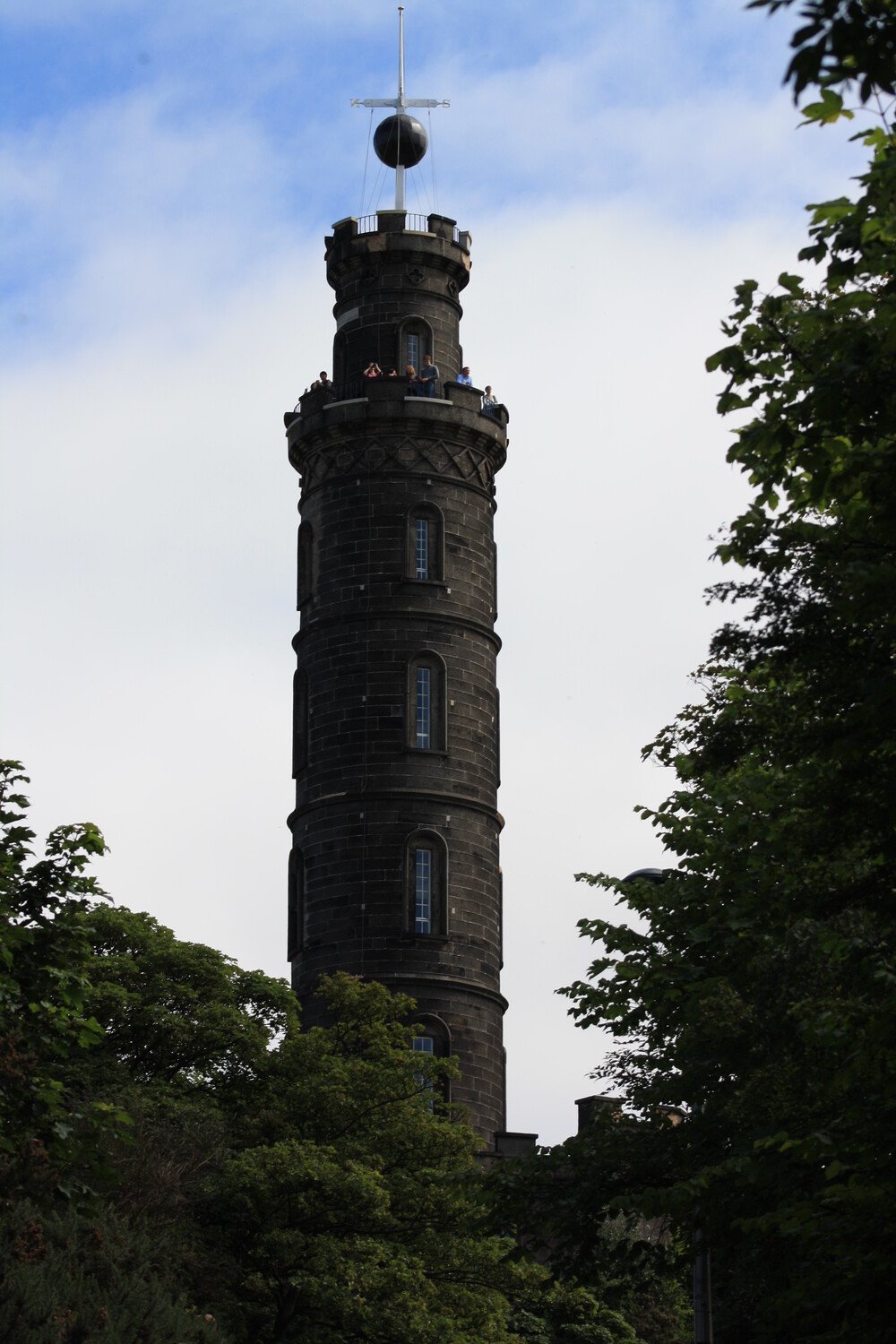The remarkable juxtaposition of two clearly articulated urban planning phenomena. The contrast between the organic medieval Old Town and the planned Georgian New Town of Edinburgh, Scotland, provides a clarity of urban structure unrivalled in Europe. The juxtaposition of these two distinctive townscapes, each of exceptional historic and architectural interest, which are linked across the landscape divide, the "great arena" of Sir Walter Scott's Waverley Valley, by the urban viaduct, North Bridge, and by the Mound, creates the outstanding urban landscape.
The Old Town stretches along a high ridge from the Castle on its dramatically situated rock down to the Palace of Holyrood. Its form reflects the burgage plots of the Canongate, founded as an "abbatial burgh" dependent on the Abbey of Holyrood, and the national tradition of building tall on the narrow "tofts" or plots separated by lanes or "closes" which created some of the world's tallest buildings of their age, the dramatic, robust, and distinctive tenement buildings. It contains many 16th and 17th century merchants' and nobles' houses such as the early 17th century restored mansion house of Gladstone's Land which rises to six storeys, and important early public buildings such as the Canongate Tolbooth and St Giles Cathedral.
Edinburgh has been the Scottish capital since the 15th century. It has two distinct areas: the Old Town, dominated by a medieval fortress; and the neoclassical New Town, whose development from the 18th century onwards had a far-reaching influence on European urban planning. The harmonious juxtaposition of these two contrasting historic areas, each with many important buildings, is what gives the city its unique character.
Description is available under license CC-BY-SA IGO 3.0
Old and New Towns of Edinburgh
Heart of Neolithic Orkney
Heart of Neolithic Orkney
The group of Neolithic monuments on Orkney consists of a large chambered tomb (Maes Howe), two ceremonial stone circles (the Stones of Stenness and the Ring of Brodgar) and a settlement (Skara Brae), together with a number of unexcavated burial, ceremonial and settlement sites. The group constitutes a major prehistoric cultural landscape which gives a graphic depiction of life in this remote archipelago in the far north of Scotland some 5,000 years ago.
Description is available under license CC-BY-SA IGO 3.0
The Orkney Islands lie 15km north of the coast of Scotland. The monuments are in two areas, some 6.6 km apart on the island of Mainland, the largest in the archipelago.
The group of monuments that make up the Heart of Neolithic Orkney consists of a remarkably well-preserved settlement, a large chambered tomb, and two stone circles with surrounding henges, together with a number of associated burial and ceremonial sites. The group constitutes a major relict cultural landscape graphically depicting life five thousand years ago in this remote archipelago.
The four monuments that make up the Heart of Neolithic Orkney are unquestionably among the most important Neolithic sites in Western Europe. These are the Ring of Brodgar, Stones of Stenness, Maeshowe and Skara Brae. They provide exceptional evidence of the material and spiritual standards as well as the beliefs and social structures of this dynamic period of prehistory.
The four main monuments, consisting of the four substantial surviving standing stones of the elliptical Stones of Stenness and the surrounding ditch and bank of the henge, the thirty-six surviving stones of the circular Ring of Brodgar with the thirteen Neolithic and Bronze Age mounds that are found around it and the stone setting known as the Comet Stone, the large stone chambered tomb of Maeshowe, whose passage points close to midwinter sunset, and the sophisticated settlement of Skara Brae with its stone built houses connected by narrow roofed passages, together with the Barnhouse Stone and the Watch Stone, serve as a paradigm of the megalithic culture of north-western Europe that is unparalleled.



























